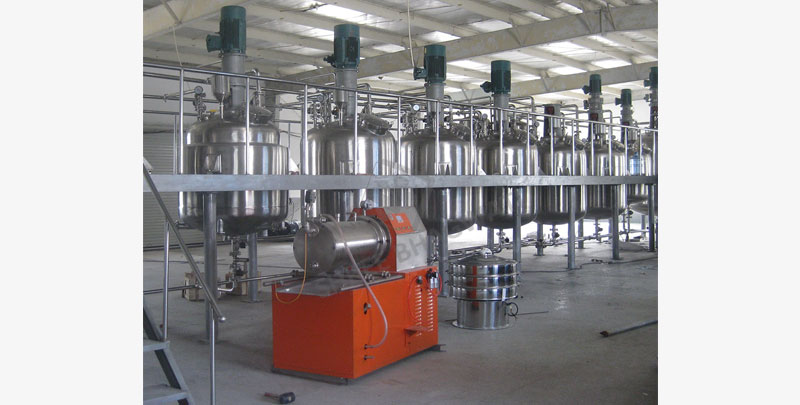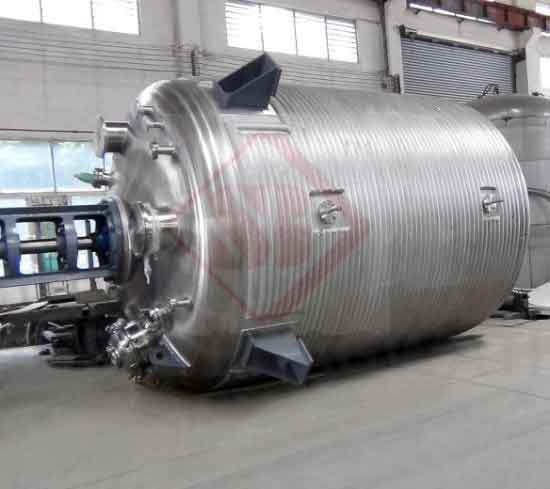Chemical Receiver Tanks for Chemical Process Equipment
Besides being versatile, the Chemical Receiver Tank can be manufactured in various customized sizes and designs. Its heavy-duty construction and high strength make it a reliable choice for all kinds of applications. It is available in different shapes such as vertical, horizontal, and capsule. In addition, it can also be made of a wide variety of materials, such as polyethylene, stainless steel, and PVC. For further customization, it can be manufactured to meet the exact specifications of the clients.
The most important quality of a chemical tank is its ability to withstand its contents. This means that the chemical should not corrode the material surface. To ensure this, it is important to use an anti-corrosive coating or epoxy painting. These coatings provide additional protection from chemicals and extend the life of the tanks. They are also very durable and last longer than their non-coated counterparts. The best type of Chemical Receiver Tank is one that is designed to fit the requirements of the users.

Choose the Right Material: It is important to choose a chemical tank that is suitable for the materials to be stored in it. You should choose a material that is resistant to the chemical, such as steel or stainless steel. Depending on the chemical, you can choose different linings. If you are going to store potable water, you can opt for coated receivers. These are non-stick and will ensure the water is free from corrosive materials.
The type of Material: A Chemical Receiver Tank is an important part of the process of preparing and storing potable water. When you choose the material for the tank, you should choose a material that will not react with the contents of the tank. A coated tank will also ensure that the contents of the tank will not cause damage to the surface. It also offers a long-lasting, smooth surface. You can even find coatings for the Chemical Receiver Tank that are FDA-compliant.

The material of the Chemical Receiver Tank is an important consideration. It should be resistant to the chemical it is used to store. The material should be compatible with the material that the tank is made of. For example, plastics are more durable than metals. A tank that is FDA-compliant will have a non-stick surface and will be suitable for potable water storage. For more specific applications, choose a chemical storage tank with a coating that can withstand the chemical it is intended to hold.
In addition to its physical durability, the Chemical Receiver Tank should comply with FDA guidelines and regulations. The tank must be FDA-compliant. The materials used should be resistant to the chemical. A coated tank is not only durable but also FDA-compliant. Its surface is non-sticky and smooth, and it should be able to withstand the chemical. It is an important part of the process and can be used in many different applications.
















